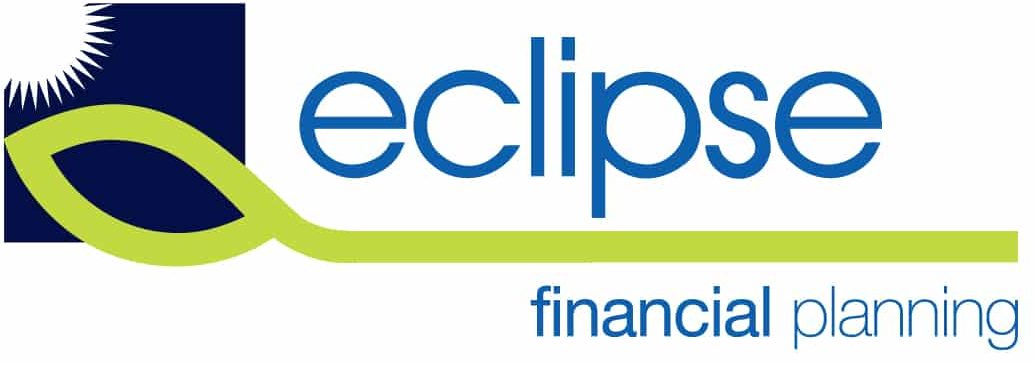If you kept a close eye on this year’s federal budget – or if you’ve been reading about superannuation and financial planning on our blog – you would have at least heard that there are changes to how Age Pension eligibility is being tested. These amendments could very well have an impact on you and your financial future, so it’s worth getting up to speed with what has changed.
Changes to asset value thresholds
One positive alteration is the enlargement of the asset free test area. This refers to the value of assets individuals are allowed to have in order to qualify for the full pension. It doesn’t count the value of their family home, however.
While single home owners have a limit of $202,000 at the moment, and partners in this situation can hold only $286,500, these values will increase to $250,000 and $375,000, respectively. In effect, this will mean a pension increase for around 170,000 Australians.
At the same time, the maximum value of assets Australians can own in order to receive even a $1 part pension will get smaller. For couple home owners, they will now only be able to own as much as $823,000 – compared to $1,151,500, currently – while single home owners can own $547,000, down from $775,000.
It may be worth looking at your current portfolio to see where exactly you stand – if your property investment goes up in value, you might not be able to get the Age Pension any more. The government estimates that once the changes are in, 91,000 Australians will not qualify for even a part pension any more.
A higher asset taper rate
As of 2007, the pension has operated under what are known as ‘taper rates’ – for every $1,000 over the asset free test threshold that your assets were worth, you would receive $1.50 less for your fortnightly payments. Under the latest budget, this rate will double to $3 for every $1,000. This might seem like a small amount, but it can easily add up to much smaller fortnightly payments.
According to the government, this measure will mean 235,000 Australians will have their part pension reduced. Will you be one of them?
What happens to my health card?
If you receive assistance from the government or have reached Age Pension age, you might already have a Commonwealth Seniors Card or Health Care Card. These can be handy for getting your budgeting right, providing Australians with cheaper prescription medication, concessions in health care costs, bulk billing for doctor’s appointments, refunds for medical expenses and more.
There has been some concern that the changes to the asset thresholds might mean seniors will miss out on these cards. However, even those who lose their pension will still be able to qualify for them.
This is vital for those who have or are just about to retire, as health care tends to be one of the largest costs in retirement. According to the Association of Superannuation Funds of Australia, couples can look forward to spending either $79.73 or $138.52 a week on it if they’re living a modest lifestyle, depending on whether they’re between 65 and 85, or over 85.
When will these changes take effect?
It’s important to note that all of these measures will only become reality on the first of January 2017, which is still 18 months away. In other words, you still have plenty of time to prepare for the changes and adjust your financial planning accordingly.
If you need to talk to someone in depths about what these shifts will mean for you, give the team at Eclipse Financial Services a call. We can help you make the retirement you’ve always wanted a financial reality.

